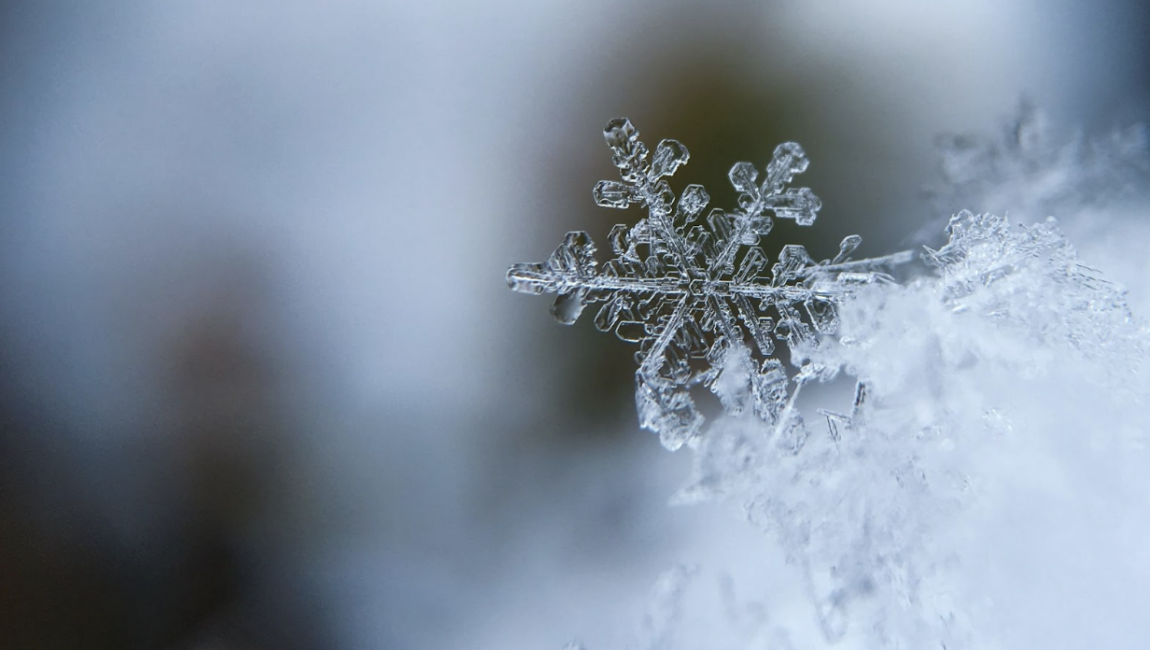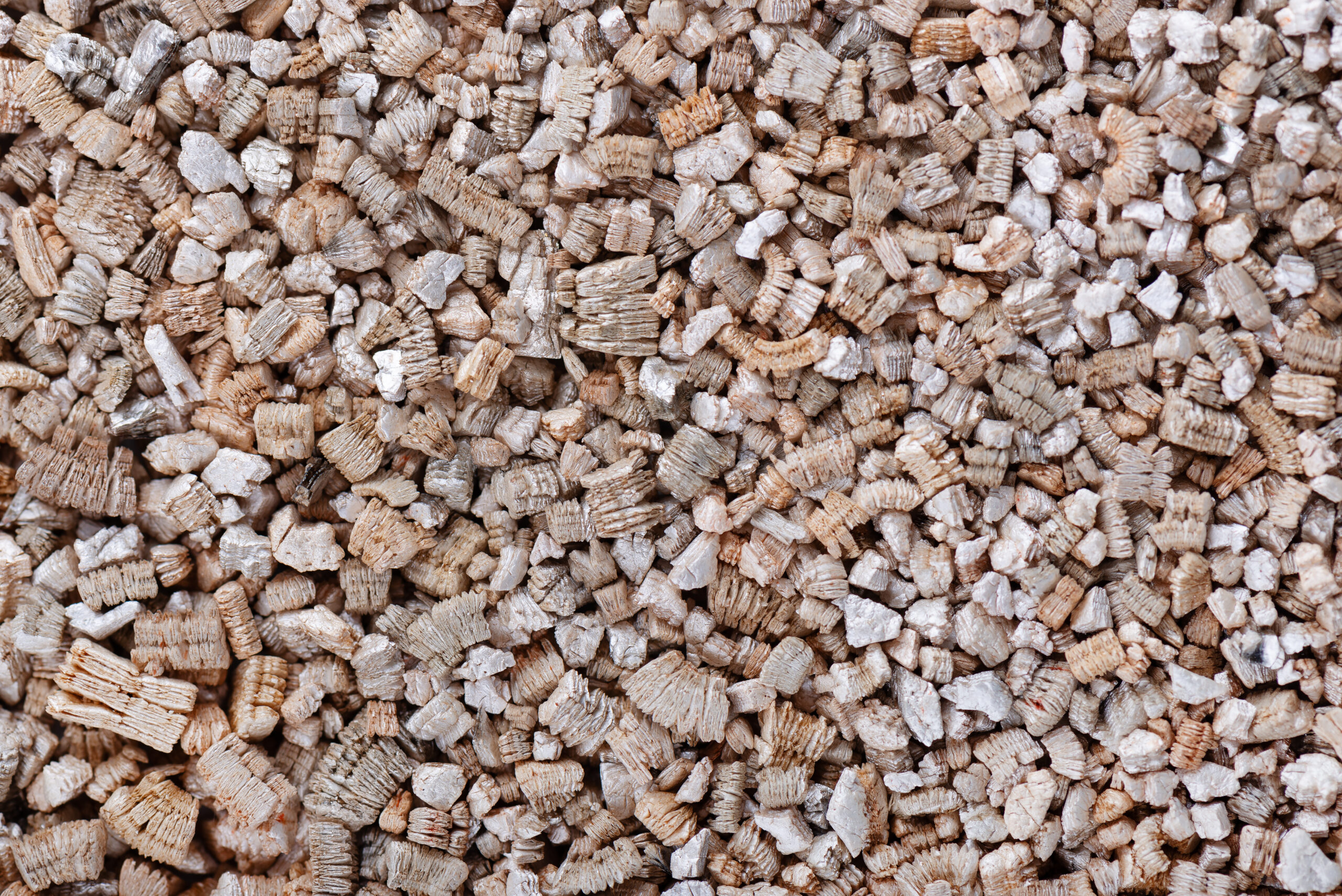
While we all love hearing ol’ Frank croon, ‘Let it Snow! Let it Snow! Let it Snow!’ and seeing a blanket of crystal white on Christmas morning makes the holiday complete, by December 26, most of us prefer to see less of the cold white stuff. Before you get too negative on those crystalized particles falling from the sky, let’s take a moment to appreciate this winter powder.
Snow helps to maintain healthy soil.
Yes, snow can be cold, slushy and a pain to move around, but that added precipitation helps conserve moisture over the winter. Ten inches of snow is equivalent to one inch of rain. While that may sound like a lot, the average snowfall for Missouri is around 18 – 24” north of the Missouri River and 8-12” south of the river. The rest of our precipitation comes in the form of rain or sleet, and it only takes about three inches of sleet to equal an inch of rain.
Snow carries nutrients.
Called the poor man’s fertilizer by the Farmers’ Almanac, snow actually contains nitrogen, as well as trace elements. These elements attach themselves to the crystalized ice particles as they fall through the air. Then, nitrogen and the other elements are slowly released into the soil as the snow melts and the ground thaws.
Snow protects root systems.
A blanket of snow acts as an insulator for the soil. This covering protects root systems from a freeze-thaw cycle that can actually cause heaving with the soil, pushing roots up to be exposed and damaged. As little as two inches of cover can protect pastures by sheltering plants like alfalfa and winter wheat from extreme temperatures. It also keeps the soil from freezing deep beneath the surface which has the potential to damage tree and bush root systems.
So before you carry Mr. Grinch with you all winter, look at the bright side of snow. It’s just Mother Nature caring for your soil!

